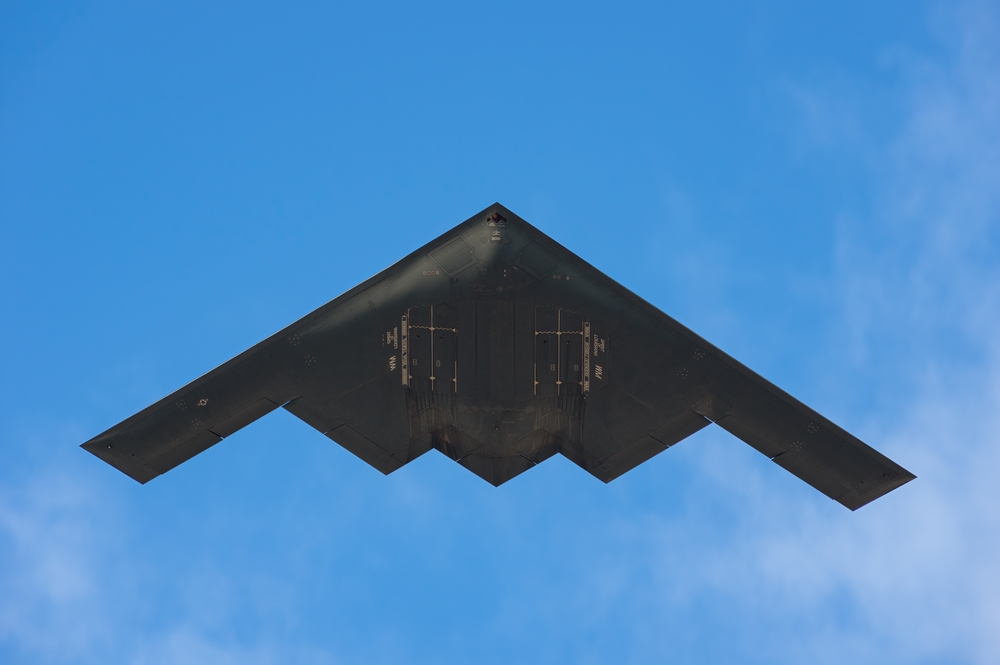One of the targets was the retired amphibious assault ship USS Tarawa (LHA 1)
Others are reading now
The U.S. Air Force is continuing to push the boundaries of its aging yet formidable B-2 Spirit stealth bomber, incorporating new capabilities that enhance its role in modern warfare.
Target Retired Assault Ship
Recently, the B-2 was used in two separate naval exercises to test a new anti-ship bomb known as Quicksink, according to Tech.
On July 19, as part of the “RIMPAC 2024” exercises near Hawaii, the U.S. military conducted a SINKEX (Sinking Exercise), where decommissioned ships are used as targets to assess the effectiveness of various weapon systems.
One of the targets was the retired amphibious assault ship USS Tarawa (LHA 1), which was sent to the ocean floor by a combination of air and naval firepower, including strikes from Super Hornets equipped with Long-Range Anti-Ship Missiles (LRASM) and the Australian destroyer HMAS Sydney (DDG 42).
Also read
Relies on Autonomous Seeker
The B-2 Spirit played a significant role in the exercise, deploying Quicksink bombs—an advanced munition designed to take out large, moving naval vessels. A few days later, another B-2 was involved in a similar exercise, this time targeting the ro-ro ship M/V Monarch Countess in the Gulf of Mexico.
Quicksink is an innovative program developed by the Air Force Research Laboratory (AFRL).
These bombs, based on the traditional JDAM (Joint Direct Attack Munition) guided bombs, are modified to engage moving naval targets.
Unlike traditional laser-guided bombs, which require continuous target illumination, Quicksink bombs rely on an autonomous seeker to locate and destroy targets, making them more effective in contested environments.


